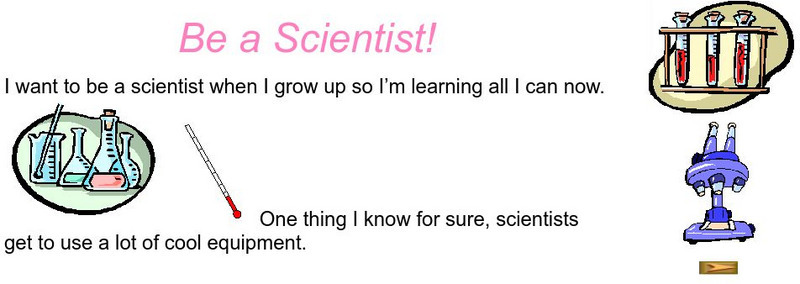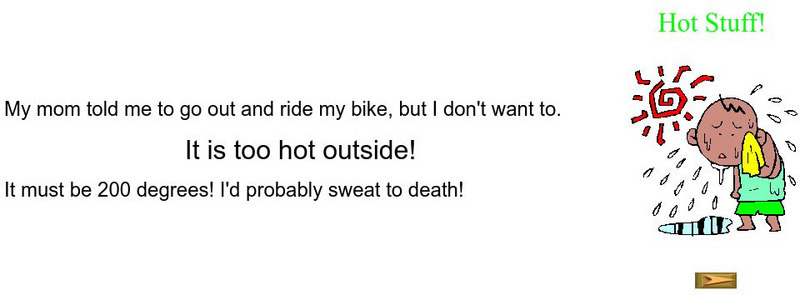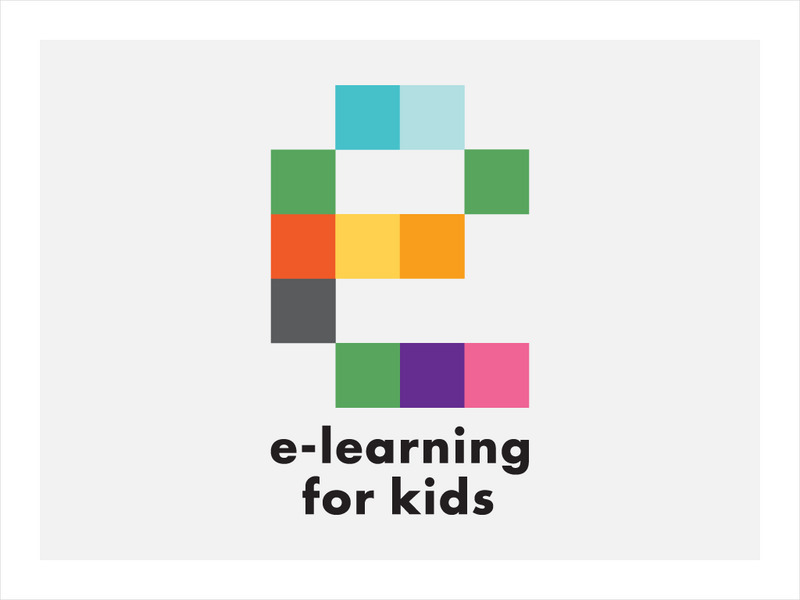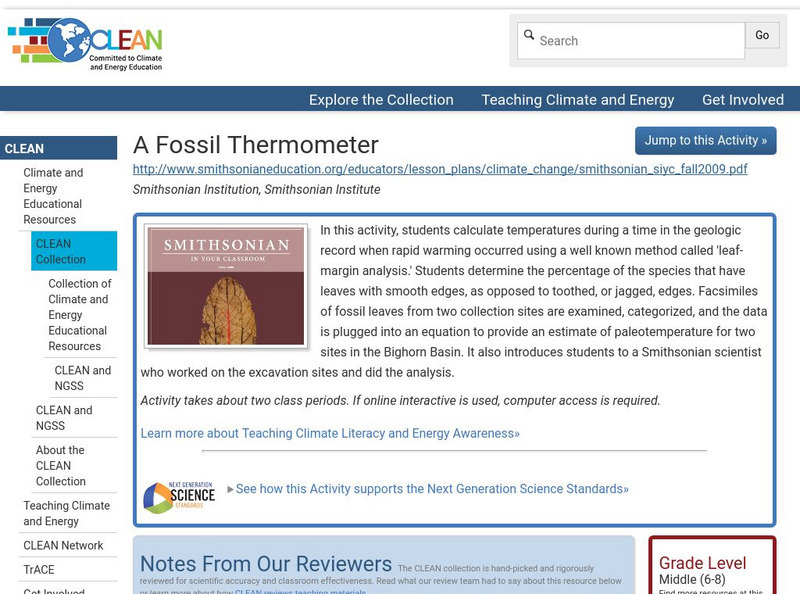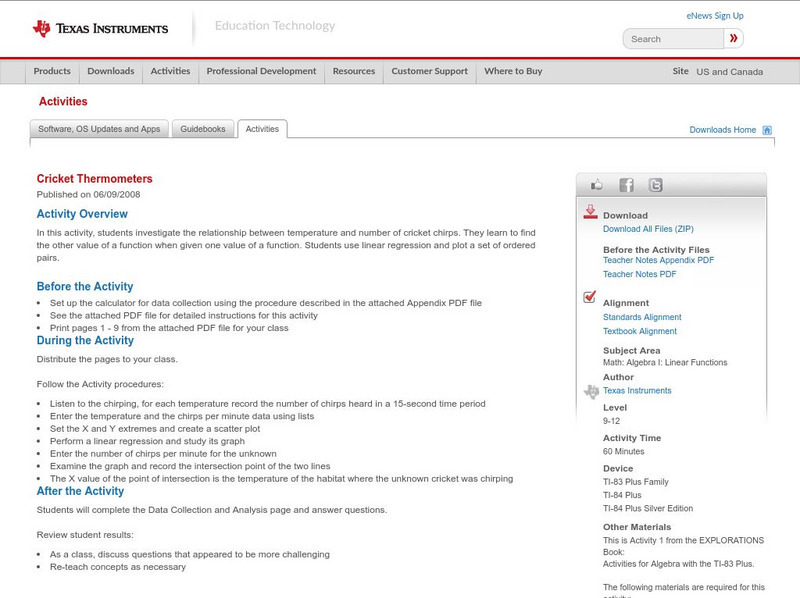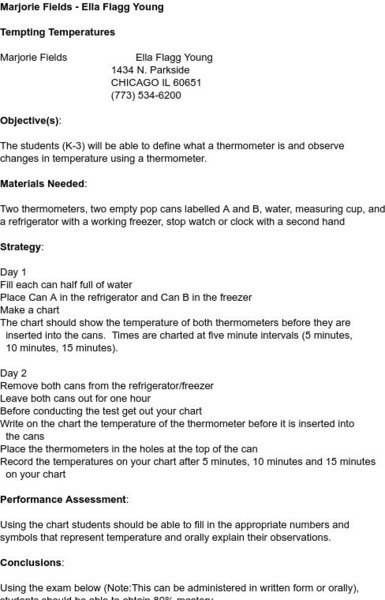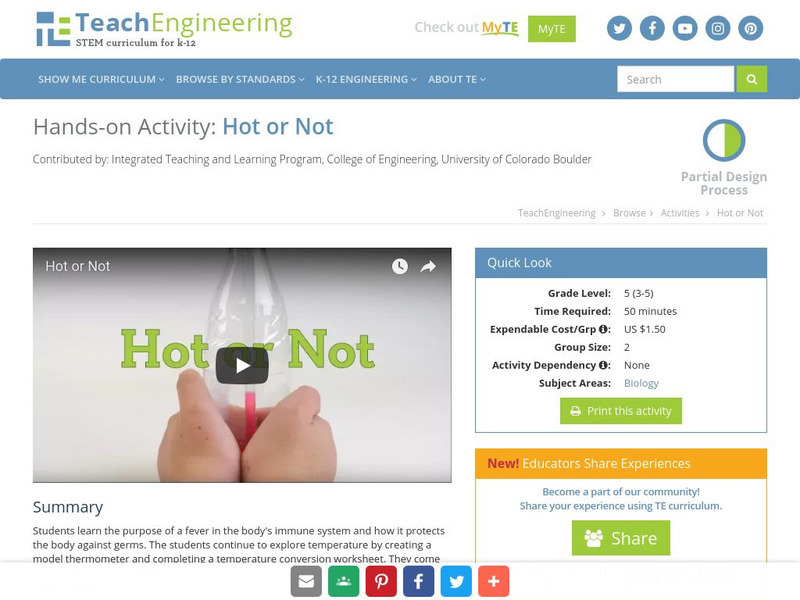Hi, what do you want to do?
Curated OER
Funky Food Farm
Pupils research about ways to keep food from spoiling. In this health science lesson, students design an experiment to keep the ice cubes from melting. They present their designs and results in class.
Curated OER
Rearrange the Room
Second graders measure and grid their ideas for the new classroom floor plan. They create their own ideas for the classroom arrangement on grid paper. When they finish, they share their draft plan with their peers and with the teacher...
Curated OER
Conservation Station
Second graders, in groups, measure the volume of four containers that vary in shape and size.
Curated OER
Barnacles: Harder than Cement
Fourth graders watch the movements of the complex animal hidden inside the tiny barnacle shells. This lesson allows students to study the behavior, adaptation, and larval stage of the barnacle.
Curated OER
Heat of Vaporization of Liquid Nitrogen
Students determine the heat energy needed to vaporize (boil) one gram of liquid nitrogen.
Curated OER
Student Weather Journal
Students recognize different types of cloud patterns and associate these patterns with certain types of weather. They predict the weather for the next 6 to 24 hours. They then improve their observation skills as they check on the weather...
Curated OER
Watch the Sky
Students describe the atmosphere, weather conditions, and climates. They describe seasonal changes in weather, the composition and characteristics of the atmosphere. Students describe patterns of changing weather and how they are...
Beacon Learning Center
Beacon Learning Center: Be a Scientist
Students practice estimating Celsius temperatures using a thermometer in this interactive web lesson. Boiling, freezing, and human body temperatures are used as benchmarks for estimating.
Science Education Resource Center at Carleton College
Serc: Investigating Temperature: Using a Thermometer
In this activity, students will record the high/low temperature daily throughout the school year and observe the change over time (phenology). They will analyze the data monthly and make predictions about the temperature.
Beacon Learning Center
Beacon Learning Center: Hot Stuff
Students practice estimating Fahrenheit temperatures using a thermometer in this interactive web lesson. Boiling, freezing, and human body temperatures are used as benchmarks for estimating.
NC State University
The Engineering Place: Making a Thermometer
A demonstration in how a thermometer works, followed by students using real thermometers as they apply the scientific method.
Utah Education Network
Uen: Sun or Shade?
Use a thermometer to measure the air temperature in several places around the school.
E-learning for Kids
E Learning for Kids: Science: South Africa: What Is the Weather Like Today?
Join Tim and Johnny on their voyage to South Africa, but before they get there they need to make sure they understand the weather conditions. This interactive module helps you describe the weather, learn about basic forecasting and how...
Climate Literacy
Clean: A Fossil Thermometer
In this activity, young scholars calculate temperatures during a time in the geologic record when rapid warming occurred using a well known method called 'leaf-margin analysis.' Students determine the percentage of the species that have...
Other
Gpb: Talking Up a Storm
Learn about the tools meteorologist use to predict changes in the weather patterns. Understand how these tools help them give us an accurate forecast.
Other
Exemplars: Thermometer Rubric
This rubric is appropriate to use with older students. It features a way for students to self-assess by drawing a line on the thermometer. Teachers could also assess using the same thermometer rubric.
Dan Satterfield
Dan's Wild Weather Page: Temperature
Use this site to find out about temperature and how to read a thermometer.
TeachEngineering
Teach Engineering: Make Your Own Temperature Scale
Students learn about the difference between temperature and thermal energy. They build a thermometer using simple materials and develop their own scale for measuring temperature. They compare their thermometer to a commercial...
Texas Instruments
Texas Instruments: Cricket Thermometers
In this activity, students investigate the relationship between temperature and number of cricket chirps. They learn to find the other value of a function when given one value of a function. Students use linear regression and plot a set...
CNN
Cnn: Space Age Inventions You Probably Use (2007)
Some common items that help save lives every day or make lives a little easier are compliments of NASA technologies. This article features ten of these developments
Science and Mathematics Initiative for Learning Enhancement (SMILE)
Smile: Tempting Temperatures
In this lesson plan students learn how to use a thermometer and compare changes in temperature using water in the fridge and water in the freezer. Helps students create charts to analyze data.
City University of New York
Brooklyn College:heat and Temperature Interactive Lab
Use this online activity to explore how various substances respond to changes in temperature. Learn how to calibrate a thermometer.
TeachEngineering
Teach Engineering: Hot or Not
This activity explains what a fever is and how the immune system uses it to try and protect the body against germs. The students then explore temperature further by creating a model of a thermometer and completing a temperature...
Curated OER
Thermometer Structure
Use this online activity to explore how various substances respond to changes in temperature. Learn how to calibrate a thermometer.












